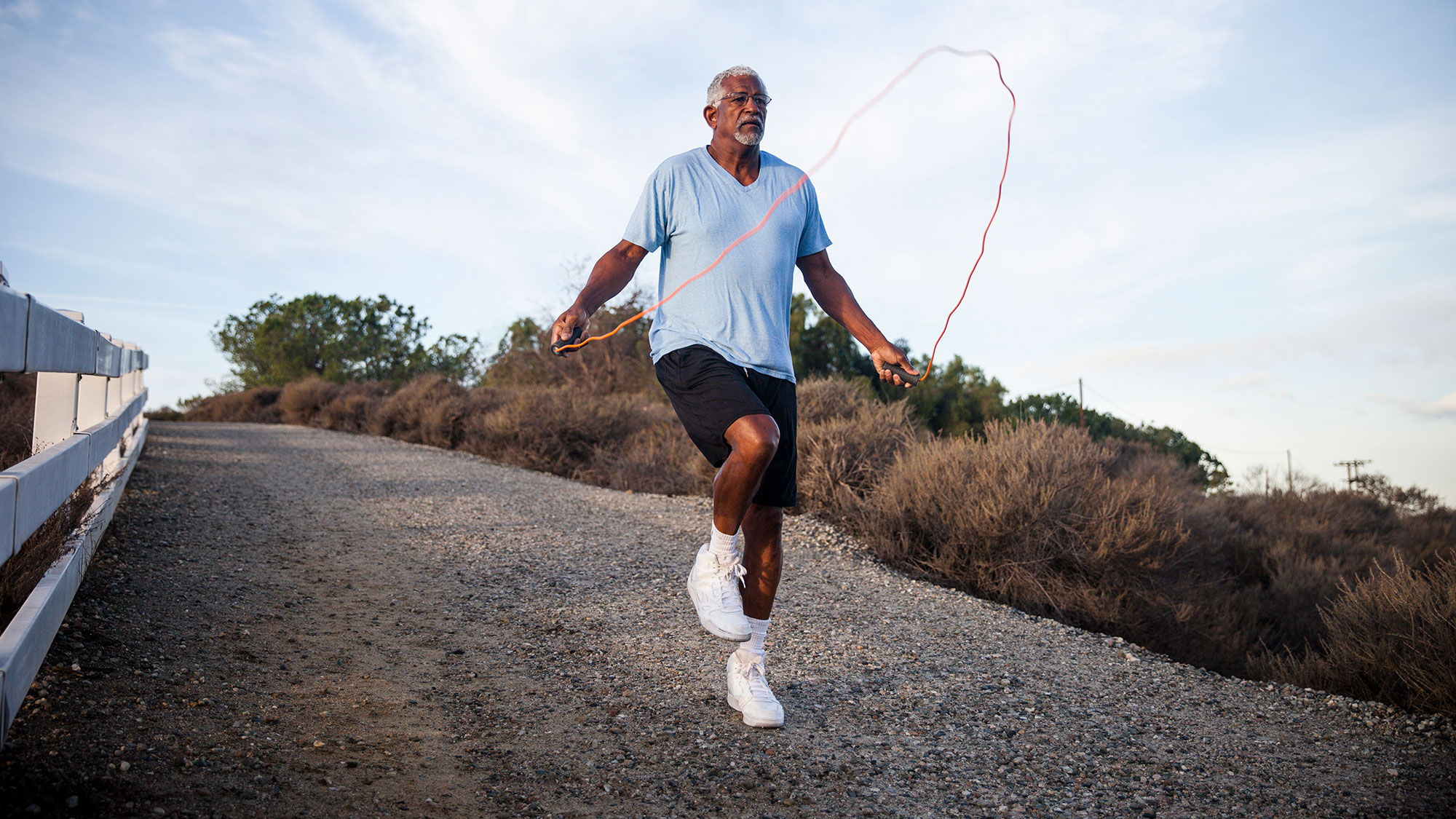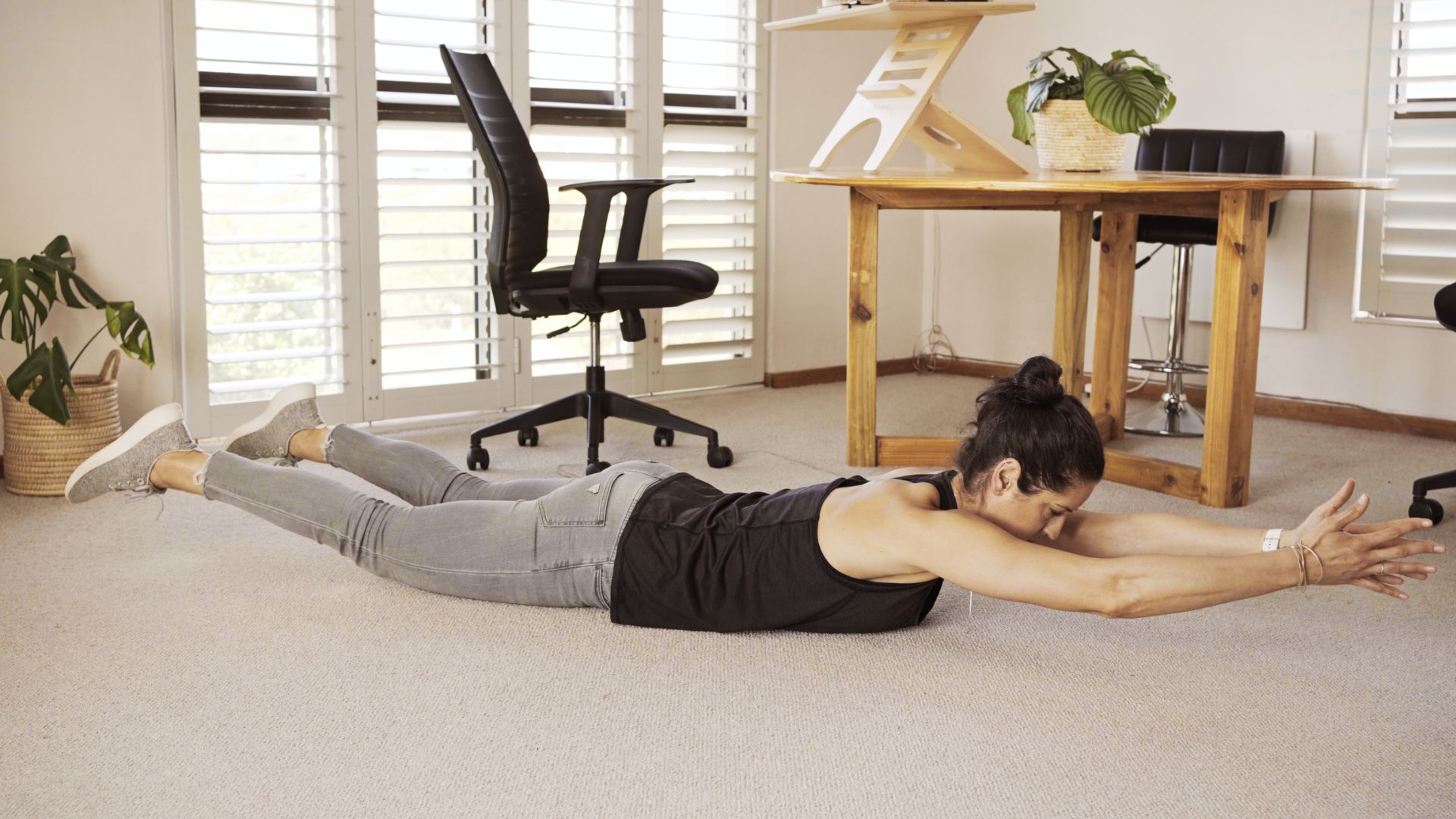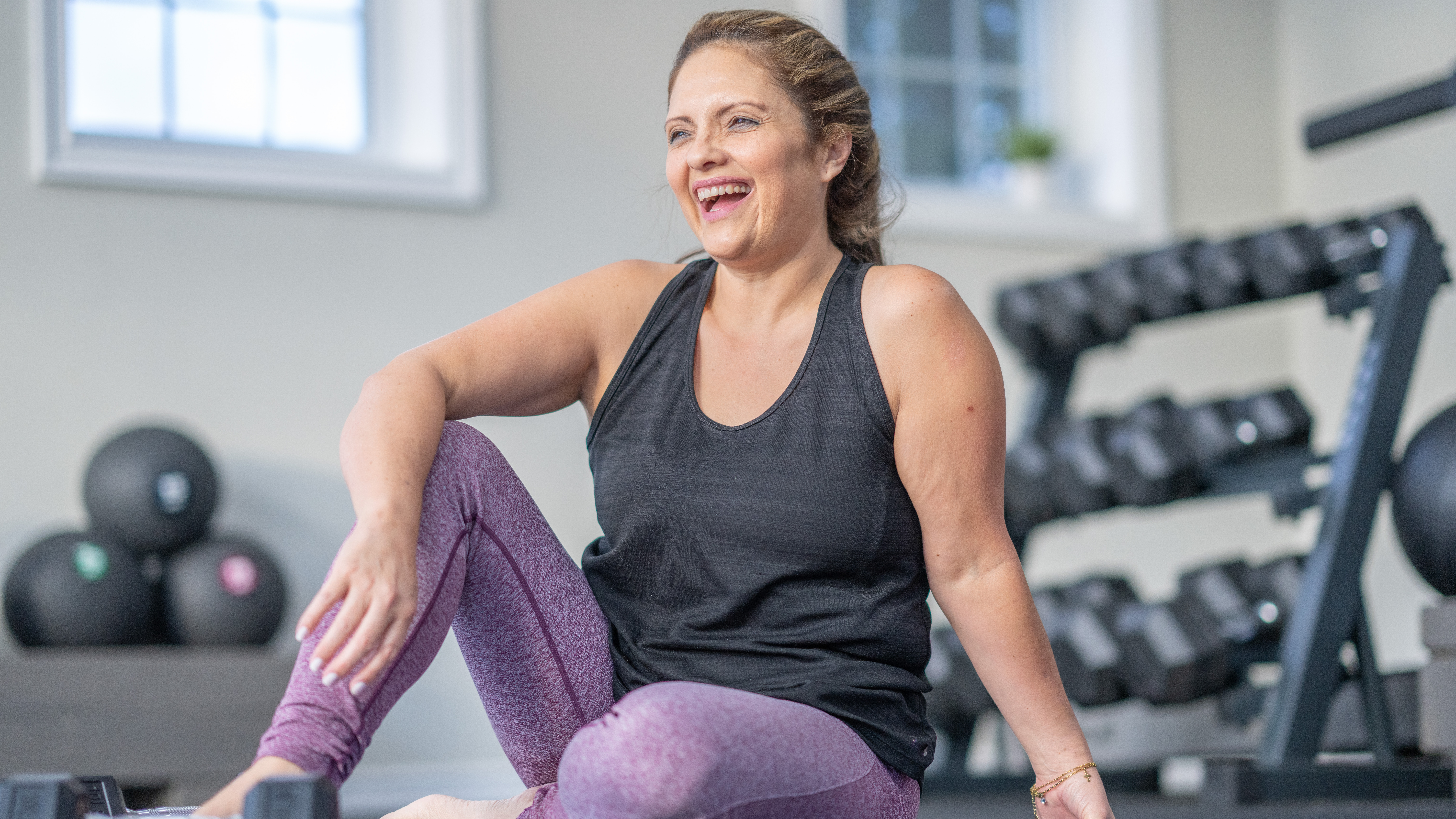Why jump rope is a brilliant workout: Skipping for weight loss, fitness and more
Torching calories is just one of many benefits to skipping


Jump rope - or skipping, as it's also known - is currently seeing something of a renaissance, not least because the World Health Organisation recommended jumping rope as an exercise to do at home during the Covid outbreak.
As a result of increasing numbers of people picking up a rope in lockdown, many of us are finally discovering the fitness benefits of the sport often left behind when we move on from the school playground.
But the fact that jump rope is a staple of boxers’ workouts hints at the fact that many of us have been missing out on multiple fitness benefits of jumping up and down in our living room or back garden.
The most obvious draw of jump rope is its affordable nature: all you need is one piece of equipment and you’re away.
It's also one of the best exercises for weight loss that you can do. The fact that skipping can torch up to 10 calories a minute means it beats many other cardio workouts if you’re looking to burn fat. It works almost every muscle in your body, in particular your abs for stability and your shoulder muscles for turning the rope. A study by Appalachian State University found that skipping takes less toll on the joints than running as well as resulting in a higher calorie burn.
Increasing numbers of celebrities are taking up skipping too, with actor Jennifer Garner posting this video of her performing an incredibly tricky ‘triple under’, where the rope goes under her three times in one jump.
Origym personal trainer Deanna Hammond-Blackburn tells us with skipping is such a great workout, and why you should be picking up a jump rope whenever you have a spare 10 minutes.
Get the Fit&Well Newsletter
Start your week with achievable workout ideas, health tips and wellbeing advice in your inbox.
1. It’s a full-body workout
“Skipping is an effective full-body exercise that works multiple areas of your body simultaneously,” says Hammond-Blackburn.
“As you skip, not only do you use your lower body to jump and your shoulders and arms to swing the rope, but your abs are also engaged to keep your body stabilised. This means that you can train and tone multiple muscle groups with just one exercise.”
It targets leg muscles, in particular your calves, quads, hamstrings and glutes, but it also works your upper-body, in particular shoulders and biceps when you turn the rope. In addition, your abs and lower back will be working hard to support you and keep you upright.
2. It trains coordination and focus
Jump rope requires your brain to focus on and be aware of multiple things at once: the speed and positioning of the rope, the timing of your jumps and where your feet are, all while keeping your balance and remaining stable. Your brain is constantly working, matching your arms, legs and eyes to successfully jump, even if you are not concentrating fully.
“This means that your brain gets a workout too, so the more you skip, the better your general coordination and focus will be,” says Hammond-Blackburn.
3. It improves bone density
Jumping up and down has been proven to improve bone density, as this study by the Journal of Applied Physiology on young women shows, so it stands to reason that jumpinng rope also has the same benefit.
“Improving bone density is a benefit in itself,” says Hammond-Blackburn, “as it decreases your likelihood of developing diseases such as osteoporosis or osteopenia.”

4. It increases stamina
Jump rope is the perfect exercise to take up if you’re just starting out on your fitness journey. Not only is it a simple exercise, but you can also easily build up your stamina and fitness level at a pace that works for you.
Hammond-Blackburn recommends starting off by doing one minute a day and gradually increasing the amount of time depending on how out of breath you are. This can be a hugely effective method of building stamina, and before you know it you’ll be skipping non-stop for 15 minutes whilst throwing in criss-crosses and double unders.
5. It improves circulation and breathing
This is linked to increasing your stamina, because as you build up the amount of time you spend skipping, you are also improving your lung capacity.
“This means that you’ll be much less likely to struggle with other activities, too,” says Hammond-Blackburn. “For example, if you get out of breath running up the stairs or brisk walking then skipping can help improve this.
“Similarly, as skipping is an aerobic activity it improves your cardiovascular health, which in turn improves your blood circulation, resulting in fewer muscle cramps, warmer extremities and even better skin and nail condition.”
Howard is a freelance health and fitness journalist and copywriter. He has written for publications including ShortList, Runner’s World, Trail Running, Women’s Running, Red Bulletin, Wareable and Cycling Weekly. He enjoys nothing more than lacing up his trail shoes and heading out to explore new trails. He’s run ultramarathons everywhere from the French Alps and Canadian mountains to the Welsh coast and Peak District. When not running, he’s usually found hitting his local MTB singletrack trails or on a quest to find the country’s best cinnamon bun.
-
 You don't need any equipment to improve your posture—just these three back-strengthening moves
You don't need any equipment to improve your posture—just these three back-strengthening movesThese three exercises will strengthen key back muscles
By Jennifer Rizzuto
-
 "If I could choose just five moves to future-proof my body, these would be it"—A trainer says this longevity workout will help you build lasting strength and mobility
"If I could choose just five moves to future-proof my body, these would be it"—A trainer says this longevity workout will help you build lasting strength and mobilityBy Lou Mudge